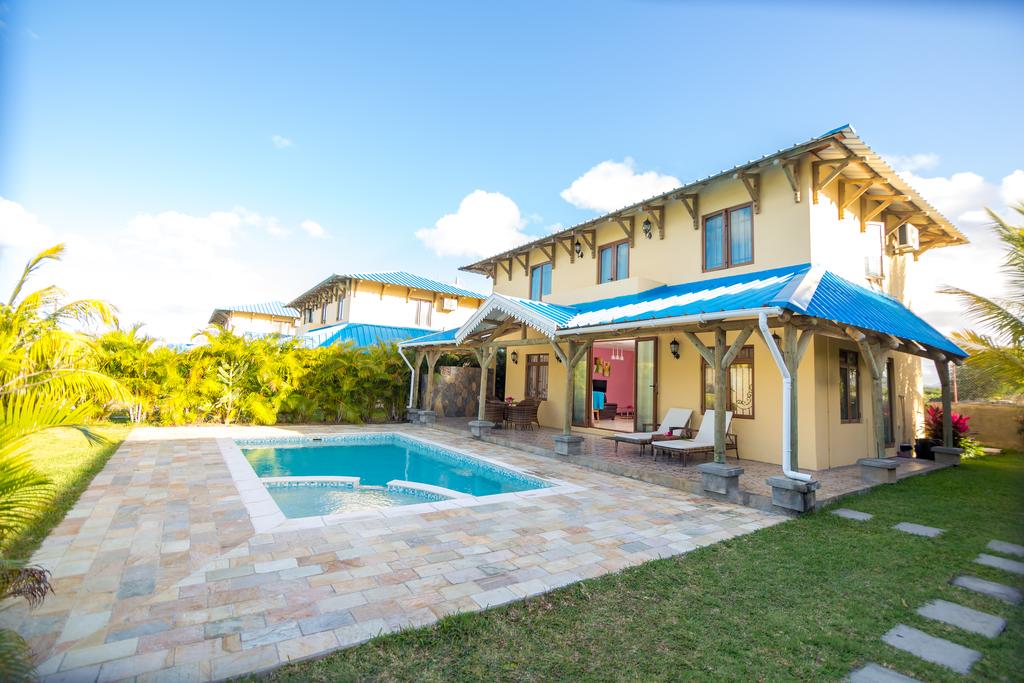Mauritius is a fascinating island, offering its visitors a magnificent 330-kilometer coastline, picturesque mountains of volcanic origin, a cosmopolitan capital and a smiling and always hospitable population. The multiplicity of its landscapes and the variety of its peoples probably lead to think that it is an archipelago, one often hears ‘Mauritius’, in reality it is a single island, ‘Mauritius’ as the main land of a 30+ island nation.
A unique destination from many points of view: different ethnic groups that coexist peacefully, a rich and spicy cuisine, fruit of different traditions, an infinite choice of activities: from sport to visiting local museums, from shopping opportunities to the wellness treatments of its renowned spa. Moreover, the island is easily accessible with direct flights from Europe. The population is friendly and welcoming and hospitality is expressed in all its forms, from hotels, luxury villas to rented apartments.
Still uninhabited when in the early 16th century it was discovered by Portuguese navigators, the island had as its first colonizers: the Dutch, who gave it its current name in honour of their governor, Prince Maurice of Nassau. Successively occupied by the French, it eventually became the domain of the British Crown, until independence as a Commonwealth state, obtained in 1968. Since 1992 Mauritius has chosen to become a parliamentary democratic republic.
Its population is an interesting mix of Indian, Chinese, African, Malagasy, Creole and European components, which over the centuries have given rise to a variegated wealth of cultural, linguistic, social, religious and gastronomic traditions and have developed a particular attitude hospitality. An overview of the island’s cosmopolitanism can already be seen in Port Louis, the capital: a highly original and colorful amalgam of heterogeneous architecture, alternating between French-colonial-style buildings, Catholic and Anglican churches, mosques, Hindu temples and Chinese pagodas.
Mauritius is known for its white beaches shaded by casuarinas and bathed by crystal clear waters. The whole island is almost entirely protected by a coral reef, within which there are dreamlike lagoons such as those of Grand Baie, Blue Bay and Ile aux Cerfs that offer wonderful opportunities for snorkelling and diving enthusiasts. Where the barrier breaks and the waves break on the wild cliffs, spectacular effects are created such as in Gris-Gris near Souillac on the southern coast. Besides being one of the world capitals of deep-sea fishing, Mauritius is a real paradise for divers, sailors, surfers and hidden treasure hunters, as its depths contain over 50 wrecks.
But Mauritius is not just sea, the island is also the ideal destination for ecotourism enthusiasts. The white beaches and the turquoise sea are counterpointed by a very green hinterland with sharp mountains that rise above endless expanses of sugar cane. The reliefs of the island rise steeply in the southern regions to form a central plateau that slopes gently towards the northern coasts, beyond the mountains that dominate the capital Port Louis.
There are many possibilities for hiking in nature, on foot, by bicycle or on horseback, among ancient volcanic remains, such as the crater of Trou aux Cerfs in Curepipe, rivers, waterfalls, tea plantations, spice cultivations. To top it all, an effective environmental policy, which in recent decades has led to the creation of numerous national parks, zoological reserves and protected ornithological areas, including the Ile aux Aigrettes, which host a variety of rare species, many of which not found anywhere else.

